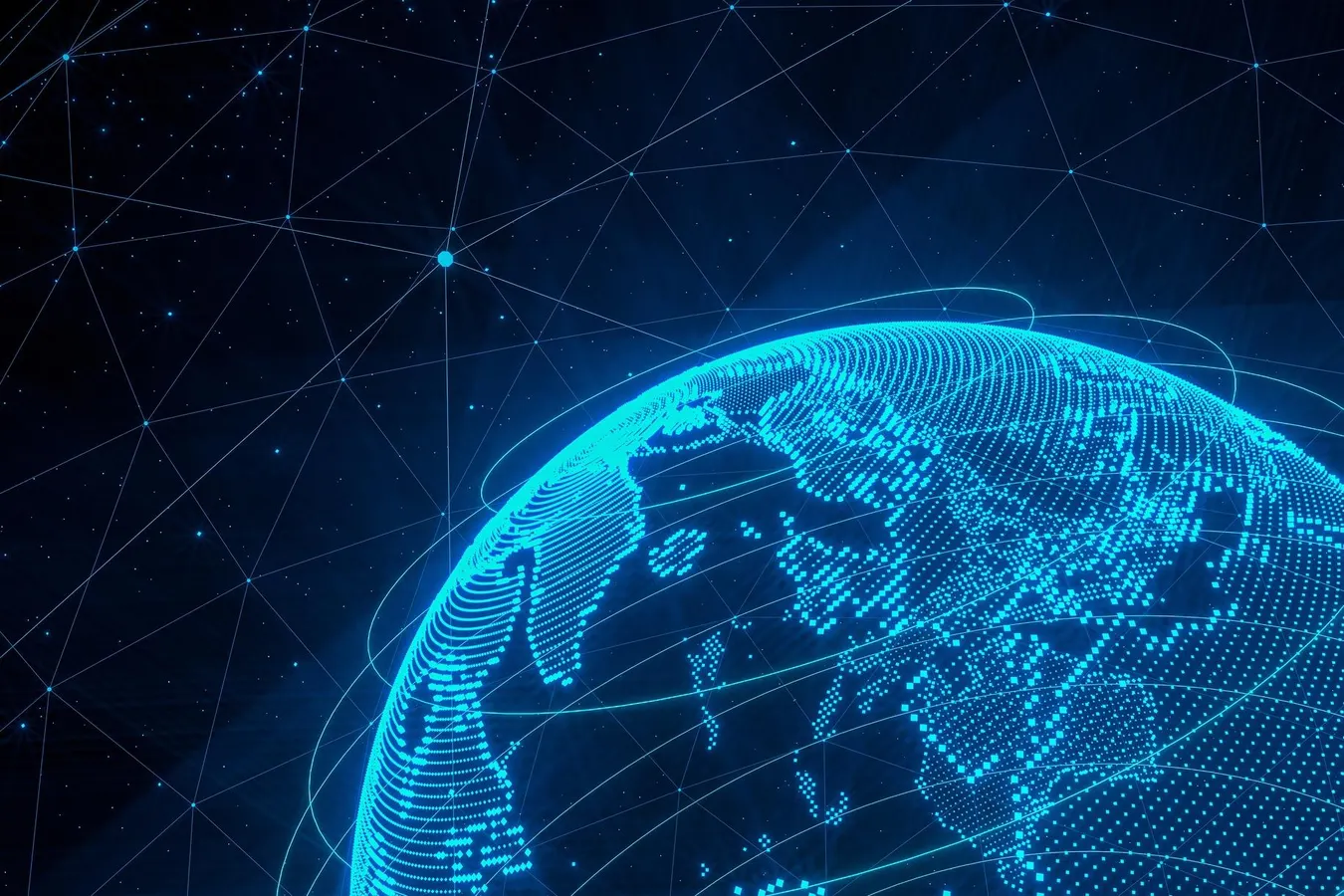Geospatial AI: How Satellite Imagery Impacts Businesses
The article discusses the transformative role of geospatial AI, particularly through the use of satellite imagery, in various business sectors. Geospatial AI combines geographic information systems (GIS) with artificial intelligence to analyze spatial data, providing valuable insights for decision-making. Satellite imagery, enhanced by AI, enables businesses to monitor and manage resources more effectively, from agriculture to urban planning. In agriculture, AI-driven analysis of satellite images helps in crop monitoring, yield prediction, and precision farming, leading to increased productivity and sustainability.
Urban planning benefits from geospatial AI by enabling better infrastructure development and disaster management. AI algorithms can detect changes in land use, monitor construction progress, and assess environmental impacts. Retail and logistics sectors utilize geospatial AI for optimizing supply chains, selecting store locations, and managing inventory based on demographic and geographic data. The energy sector leverages satellite imagery and AI for monitoring pipelines, detecting leaks, and managing renewable energy resources.
Moreover, geospatial AI supports environmental conservation efforts by tracking deforestation, wildlife habitats, and climate change effects. The integration of AI with satellite imagery also enhances security and defense operations through improved surveillance and threat detection. Businesses are increasingly adopting geospatial AI to gain a competitive edge, improve operational efficiency, and make data-driven decisions. The article emphasizes the growing importance of geospatial AI in driving innovation and addressing complex challenges across various industries.


